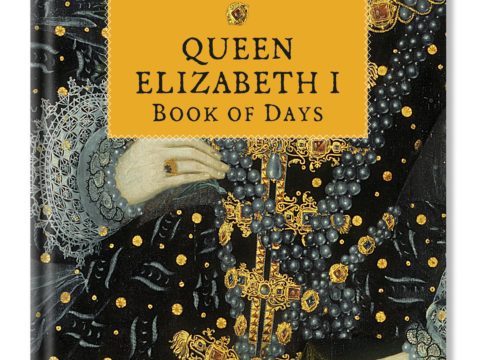Marguerite of Austria: Life Story
Chapter 12 : Charles Comes of Age
In January 1515, Charles was declared to be of age to rule for himself in the Low Countries, although Ferdinand still kept his iron grip on Castile. The Lord de Chièvres became his chief minister – a man with whom Marguerite had always found it difficult to work because of his pro-French stance, although all surviving accounts of him are positive. Marguerite took a step backwards, and the regular letters she sent Maximilian were reduced in number for, as she wrote herself ‘now I do not meddle in any business.’ (Meddle did not have the connotation of unwarranted interference that it has today.)
Nevertheless, Marguerite continued to be informed of events in the capitals of Europe. M de Gattinara wrote of the coronation of the new king of France, François I (Louis having died on New Year’s Day, 1515). She also soon heard the news from her father of François’ triumph at the Battle of Marignano on 13th September 1515, when the French king swept to victory in Milan. In the aftermath of the battle, Massimiliano Sforza sold his claims to the duchy to François, and Pope Leo and France signed yet another treaty named ‘perpetual peace’.
Marguerite was also consulted on the suitability of the widowed King Sigismund of Poland as a husband for Archduchess Eleonora. She was favourable to the idea – not raising the age gap issue again, although it was some thirty years.
Sidelined by Chièvres, Marguerite complained to Maximilian that it was being hinted that she had mismanaged her duties, and had even been less-than-straightforward in financial matters. The Emperor, attached to his daughter, although he often ignored her advice, wrote to Charles that ‘..we make no doubt that because of the honour and love you owe to our very dear daughter, your aunt, that you communicate with her your chief and most arduous business, and that you take and use her good advice and counsel….in which, as a royal father, we exhort you always to continue, begging you affectionately to remember the way she laboured during your minority…and also that you are her whole heart, hope and heir…that you will give her a good allowance…for she has well deserved it from you.’
Not content with exhortations from Maximilian, Marguerite publicly vindicated herself by presenting her accounts before Charles’ Council, and making a speech in which she affirmed that she had served to the best of her ability, with no thought for personal profit, and only for the love she bore her nephew. In fact, she had even spent her own money in his service. If they could find any fault with her accounts, she hoped they would point it out to her, so she could rectify it. If Charles no longer wanted her help, she would retire, but she hoped she would be paid the pension that was her due.
Charles, perhaps shamed by his apparent ingratitude, responded that she had fully answered any doubts there might have been, and harmony was restored, with Marguerite accompanying him on his tour around his lands. She is mentioned as present (along with Eleonora) at his entry to Douai in May 1516, where he was recognised as Count of Flanders – and also as King of Spain, for Ferdinand had now died, and Charles was recognised as king of both Aragon and Castile – although there were many who thought that his mother’s rights were being improperly overlooked. For form’s sake, he was heralded as joint sovereign with Juana, but he certainly had no intention of ceding power to the mother he had not seen since he was five.
Despite being eager for the title of King of Spain, Charles was in no great hurry to go to see his new kingdom – something probably bitterly resented by his brother, the Archduke Ferdinand, who had been brought up in Spain, and whom their grandfather would have preferred as heir. Nevertheless, Charles eventually set out, accompanied by Eleonora, to his new kingdom.
Archduke Ferdinand was soon sent on his way – dispatched to Vienna to the care of Maximilian. Although this was an inauspicious start to the adult relationship between the brothers, who had not seen each other since Ferdinand was a baby, they became very close, at least politically, and worked together to promote Hapsburg interests in Europe.
Since Chièvres also accompanied Charles to Spain – somewhat to the resentment of the Spanish, who feared his influence - Marguerite was once again installed as regent in the Netherlands. This time, she had greater power than previously. An edict published in July from the city of Saragossa, where Marguerite had once lived with her first husband, Prince Juan, announced that she could sign all documents on Charles’ behalf, with the words ‘Par le Roy, Marguerite’. She was to have control of the finances, and could appoint officers.
Eleonora was not to return to her aunt – instead, on the death of Maria of Aragon, Queen of Portugal (sister to Queen Juana and to Katharine of Aragon) Eleonora was to marry his widower, Manuel. He was thirty years older than her, and had been married to two of her aunts in turn, but no-one seemed to feel this was distasteful. The alliance with Portugal was always Castile’s chief concern.
Marguerite of Austria
Family Tree
